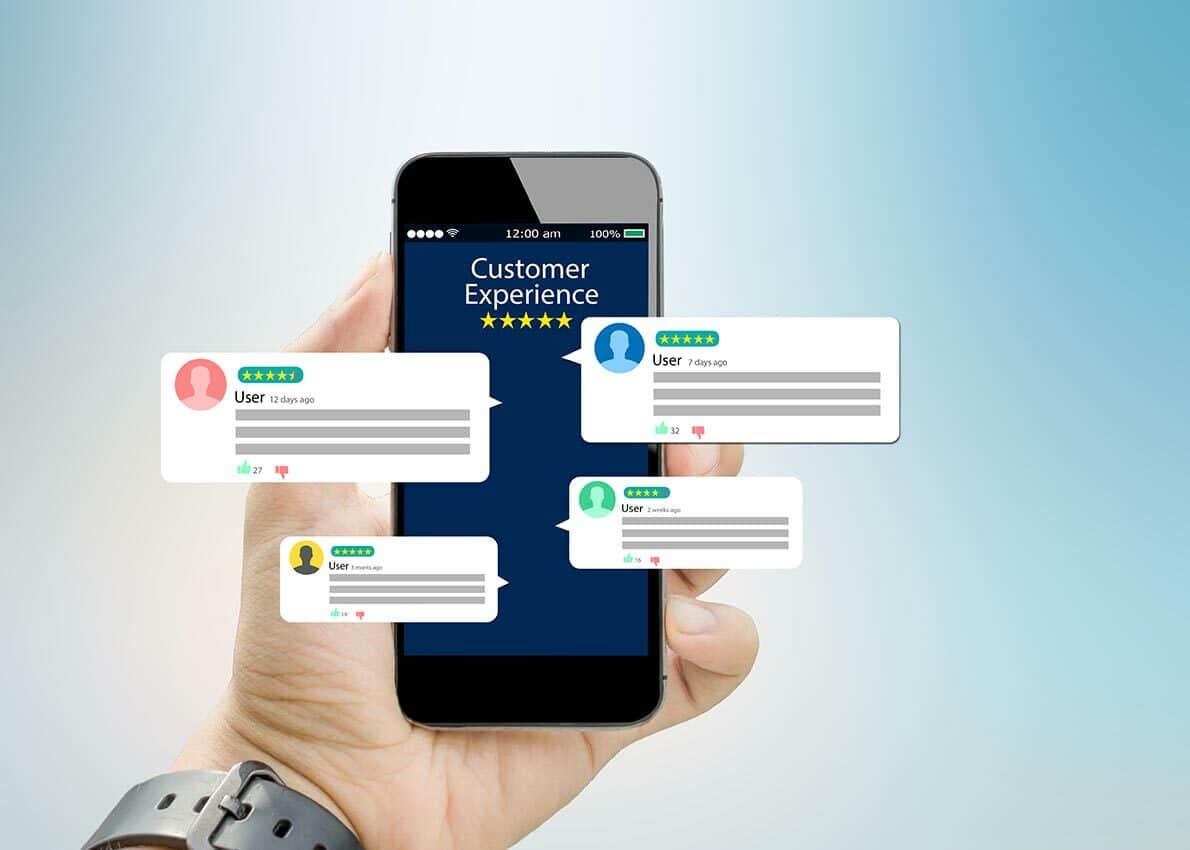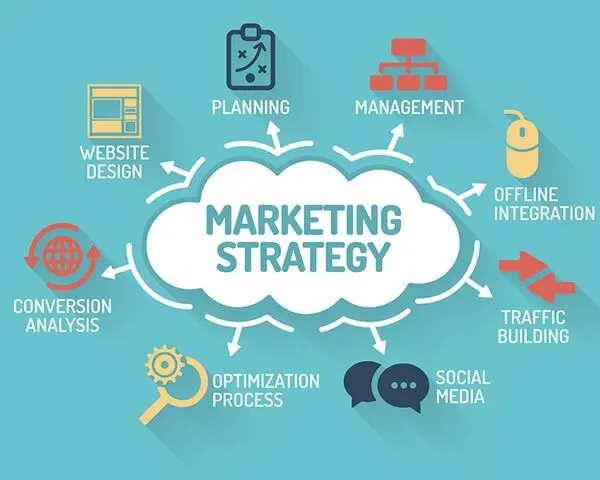Why Customer Service Is Really a Marketing Strategy

In today’s highly competitive environment, customer service is a practice that should be top of mind for every employee at every company. It doesn’t matter whether you’re a C-suite leader, product manager, or frontline customer supporter. If you don’t cultivate a customer-first mindset, you’re leaving your organization vulnerable to churn.
The primary goal of any customer service team is retaining current customers through direct interaction and support. And yet, limiting the scope of customer service ignores a big part of its potential. The bottom line is this: Providing excellent customer service isn’t just a matter of answering customers’ questions and solving their problems. It should also be a key part of an organization’s marketing strategy.

Stopping Common Service Hiccups Before They Begin
Despite putting what may seem like airtight support measures into play, some companies still struggle with offering a customer service program that wows their clientele and sends the right branding message. Quite often, their problems stem from overpromising while underdelivering.
It’s easy to set lofty customer service guarantees and expectations, then stumble through implementation. That’s a struggle faced by every business of every size as standards and best practices for customer service evolve over time. Additionally, businesses themselves may evolve from outsourcing customer service needs to bringing those services in house.
For instance, a fledgling, eight-person organization might not be ready to operate its own in-house support team. Luckily, many elements of excellent customer service can be automated or even outsourced, which eases the burden on the business while engaging customers and ensuring they feel valued and appreciated; as well as boosting productivity for all employees.
Additionally, the rapid evolution of what customer service means in the modern sense has created a disconnect between what customers expect and what many businesses deliver, leaving customer support personnel in the lurch. Today’s multitude of communications channels requires different types of support and attention in a 24-hour marketplace economy. Even with artificial intelligence-supported chatbots shouldering part of the load, customer support teams are often overloaded and struggling behind the technological curve. According to one study, 42 percent of customer service personnel reported they lacked the needed resources to effectively do their jobs. This lack of resources creates gaps in responsiveness and results in customers being transferred or experiencing excessive wait times, leading to frustration. Quality chatbots, however, can cover the bottom end of customer service needs, such as the one that is built into our scheduling software here at Daysmart.
Not surprisingly, transferring customer service issues between support reps is a key consumer complaint. In fact, a recent study shows that in the United States, a customer service representative’s ability to answer customer questions without transferring them is the second most important factor in stellar customer support, coming right behind overall efficiency. It’s a factor too important to ignore when it comes to planning for a positive customer service experience for your customers.
This is where considering your customer service efforts part of your marketing, branding, and business best practices can help. When businesses treat their customer service efforts like a marketing strategy — i.e., when they invest in treating their customers like human beings, not issues to manage — they’ll see a difference in client satisfaction.

Turning Customer Service into a Marketing Strategy
A good marketing strategy outlines ways to attract, nurture and cultivate leads/prospects into clients/customers. A marketing strategy describes the beginning of a hypothetical relationship that will hopefully 1) work and 2) work again and again and again with lots and lots of people.
Customer service is a natural extension of that process, especially when you’ve invested in a good business-customer relationship. And it’s not just a nice thing to do. It works out for you financially, too. The probability of upselling a loyal customer can be as high as 70 percent. On the flip side, the odds of moving a lead to buyer status can be as low as 5 percent.
Every marketer knows that a bad company reputation can cripple even the most well-considered marketing campaign. However, being able to successfully guide the customer journey reduces the likelihood of negative reviews, boosts organic referrals, and increases the likelihood of effective lead generation. In fact, a recent study showed that 59 percent of consumers surveyed were willing to switch brands that offer improved service.
Think of it this way: Every touchpoint an employee has with a customer is a marketing opportunity, whether it’s an overt advertisement, a sales call, or even a frustrated customer calling in with a problem. In fact, the latter scenario poses the most potential for you to turn a negative brand situation into a positive one. All it takes is knowing how to maximize those interactions.

Bringing Customer Service and Marketing Together
Want to know more about how to bring better customer service to the forefront of your marketing efforts? Here are some actionable tips to take your customer marketing to the next level:
1. Help customers self-serve with automation.
Much of customer service lends itself to automation — and automating tasks is a win-win. One of the most common scenarios customer support teams face is educating customers on how to use a product. With automation, teams can create programs that drip training sessions over time instead of the lengthier process of training customers over the phone or in person. With self-serve tutorials, customers can access training information online at any time.
2. Leverage automation for customer nurturing.
Similarly, many marketers are already leveraging automation to boost their team’s productivity. To make the customer service and marketing union more successful, try applying those same automation principles to your support strategy. For instance, while customer service professionals know the value of regular check-ins with clients, they may not have time to check in with clients after they’ve been helped. That’s where having a marketer’s robust digital platform can come into play. After setting up standardized email templates, customer service colleagues can easily automate communications for follow-up and many support situations. As an added bonus, digital communications track message data and increasingly help facilitate customer engagement.
3. Engage chatbots to handle simple support issues.
More and more people are using and enjoying interacting with chatbots. AI-driven chatbots offer quick, intuitive answers to simple questions or help them accomplish simple tasks like paying a bill or even, applying for a job.
This technology can be a win-win for both customers and marketers. They not only allow consumers to get immediate answers to their questions, chatbots offer them immediate attention. And, they also gather data about frequently asked questions, customer concerns and offer insights directly from consumers.
Additionally, a chatbot may provide relief for customer service representatives who regularly field repetitive questions and allow them to focus on more complex customer service tasks and experience issues.

There’s never anything wrong with elevating the customer, whatever your operation. It’s what we do at Daysmart Appointments. We know that we’re in the business of serving people who serve people. And, we take that seriously. That’s why we’ve made customer service such a big part of what we do well.


